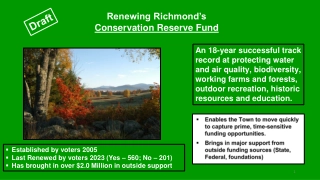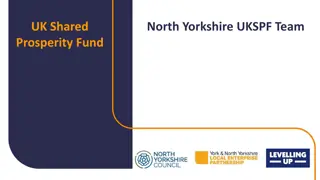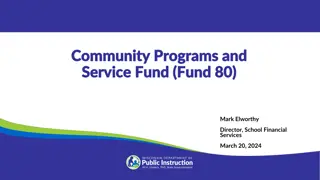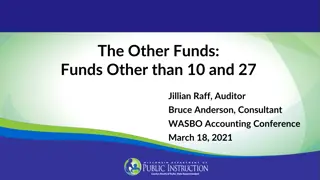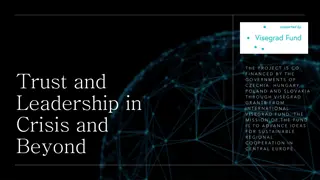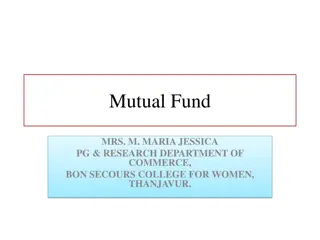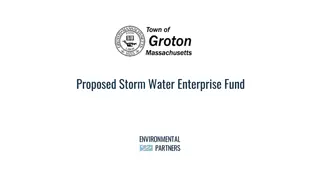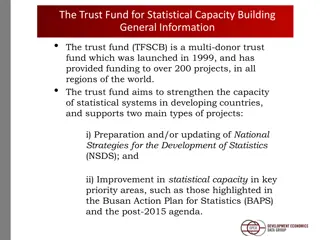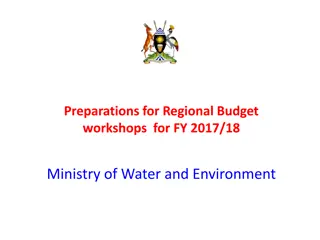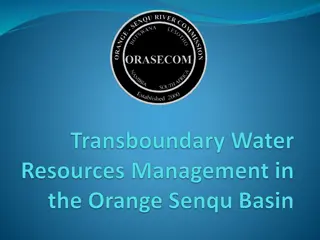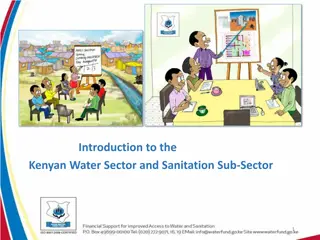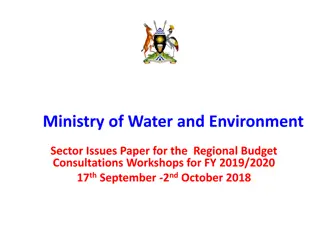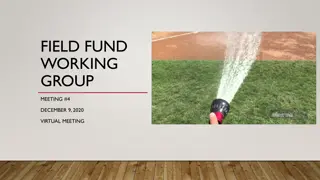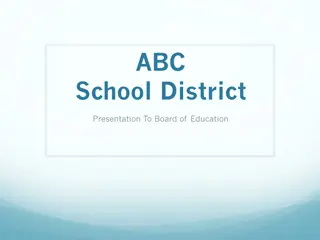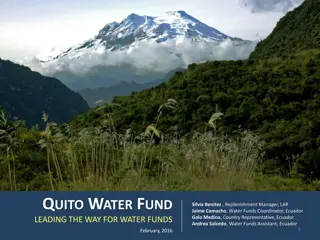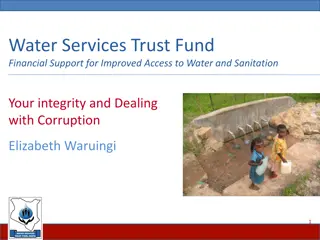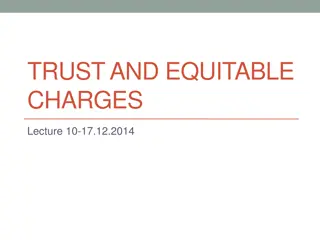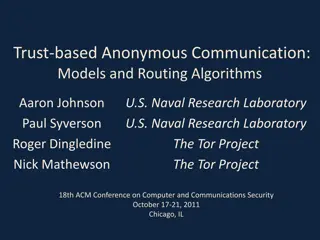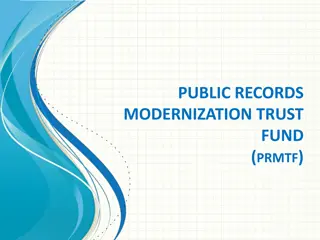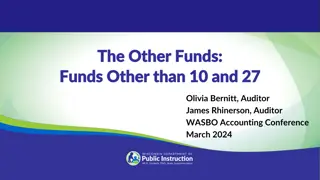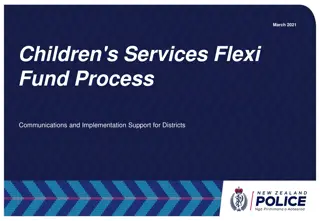
Water Sector Trust Fund and Current Challenges in Kenya
Learn about the Water Sector Trust Fund in Kenya, its mandate, current status, and challenges faced in providing clean water and sanitation to underserved areas. Explore solutions for improving water services and access.
Uploaded on | 0 Views
Download Presentation

Please find below an Image/Link to download the presentation.
The content on the website is provided AS IS for your information and personal use only. It may not be sold, licensed, or shared on other websites without obtaining consent from the author. If you encounter any issues during the download, it is possible that the publisher has removed the file from their server.
You are allowed to download the files provided on this website for personal or commercial use, subject to the condition that they are used lawfully. All files are the property of their respective owners.
The content on the website is provided AS IS for your information and personal use only. It may not be sold, licensed, or shared on other websites without obtaining consent from the author.
E N D
Presentation Transcript
Water Sector Trust Fund Water Sector Trust Fund 1
Mandate of the Water Sector Trust Fund Mandate of the Water Sector Trust Fund The Water Sector Trust Fund (WSTF) is a State Corporation, established under the Water Act 2016, with the objective to provide conditional and unconditional grants to the Counties, and to assist in financing the development of and management of water services in the marginalized and underserved areas. There are 4 Financing mechanisms: The Rural Investments an investments programme for rural water and sanitation projects. Water Resources Investments to improve management of water resources and water catchments in Kenya. Urban Project Concept (UPC) funding of water supply and sanitation service projects in low income urban areas Result Based Funding (RBF) comprising Aid on Delivery (AoD and Output Based Aid (OBA) facilities. 2
Current Status of the Water Sector in Kenya Current Status of the Water Sector in Kenya Framework Modern institutional framework, separating policy regulation service provision Right to water and sanitation enshrined in the constitution 2010 New Water Bill responding to devolution currently awaiting presidential ascend to law. Challenges Almost 50% of the population are still lacking access to adequate water supply, 40% to adequate sanitation (Maji data) 60% - 80% of all diseases are related to inadequate water supply and sanitation Significant lack of funding to extend services to the unserved urban areas. Continuing growth of urban low income areas in Kenya. 3
Maji Data (www.majidata.go.ke) Maji Data (www.majidata.go.ke) 4
The Urban Challenge The Urban Challenge 5
Almost 50% of the population in urban areas have no access to Almost 50% of the population in urban areas have no access to adequate water supply but depend on alternative adequate water supply but depend on alternative sources sources 6
Women and children are particularly affected Women and children are particularly affected 7
Approx. 40% of the urban population have no adequate toilets, leading Approx. 40% of the urban population have no adequate toilets, leading to significant risks for public health to significant risks for public health 8
Although landlords are required by law to provide adequate toilets, Although landlords are required by law to provide adequate toilets, existing toilets existing toilets often do often do not provide for privacy and hygienic use not provide for privacy and hygienic use 9
Water Sector Trust Fund supports in urban areas Water Sector Trust Fund supports in urban areas Approx. 100 urban water supply and sanitation companies are eligible for WSTF funding Projects are granted through competitive process, based on transparent criteria and a data base which has mapped 2.000 low-income areas (MajiData) So far, 7 calls for water supply and 1 call for household sanitation (UBSUP) have been made 70 water utilities have implemented 236 WSTF projects 1,8 Mio. people benefited from improved water supply and sanitation The up-scaling project for household sanitation (UBSUP) is one of the biggest world-wide 10
KEY DEVELOPMENT PARTNERS IFAD INTERNATIONAL FUND FOR AGRICULTURAL DEVELOPMENT 4/9/2025 11
Progress W: 1.5 mio S: 284,000 W: 1.7 mio S: 292,000 W: 1.4 mio S: 100,000 W: 980,000 S: 54,000 W: 685,000 S: 45,000 W: 430,000 S: 23,000 7th Call: 10/2015 - ongoing 6th Call: 10/2013 - 7/2014 5th Call: 12/2011 - 3/2013 W: 4th Call: 5/2011 - 3/2012 180,000 3rd Call: 8/2010 - 5/2011 W: 2nd Call: 10/2009 - 9/2010 Financial volume of project investments 1st - 7th Call: approx. EUR 25 million 20,000 1st Call: 2/2009 - 4/2010 Up-scaling Basic Sanitation for the Urban Poor, UBSUP: reaching 400,000 people with household- & plot-level sanitation until 2017, at a cost of USD 20 million Concept & Pilot: 2007/08
492 Water Kiosks 492 Water Kiosks 13
530 Yard Taps built 530 Yard Taps built 14
41 public sanitation facilities built 41 public sanitation facilities built 15
UBSUP ensures that the full sanitation value chain is covered UBSUP ensures that the full sanitation value chain is covered 16
New or renovated household toilets New or renovated household toilets 17
Sanitation teams and Decentralised Treatment Facilities (DTFs) Sanitation teams and Decentralised Treatment Facilities (DTFs) established in participating towns established in participating towns 18
Thank You! Thank You! 19

